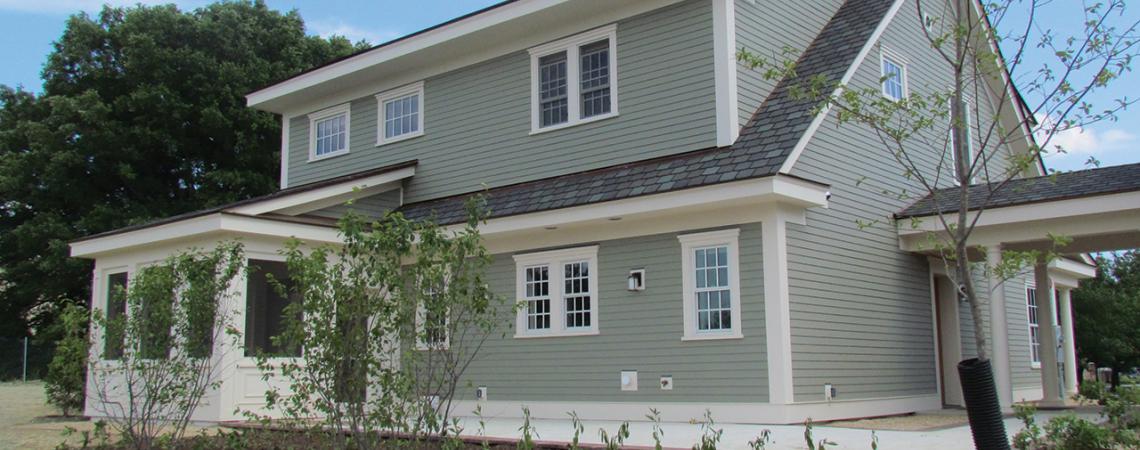The energy efficiency of your new home will impact your energy bills and comfort for years.
Many times, prospective homebuyers are so caught up examining other aspects of the houses they see, they don’t consider energy costs (such as electricity, gas, and propane) in their decision. They ought to, since the average home costs about $2,000 in energy expenses per year — that’s a lot of money over the life of the home.
The size of a home is one of the most important factors that will determine energy costs. As square footage increases, lighting requirements increase, and more importantly, the burden on heating and cooling equipment increases.
Also, while newer homes generally have better energy performance, buying a new home does not guarantee efficiency. If energy efficiency or green features are a high priority, buyers should look for homes that have ENERGY STAR, Built Green, or Leadership in Energy and Environmental Design (LEED) certifications.
For manufactured homes, newer ones are typically much more efficient than older ones, but they still don’t have to meet the same energy code requirements of site-built homes. Residents of manufactured homes spend about 70 percent more on energy per square foot of living space than do residents of site-built homes.
Once a buyer is interested in a specific home, one of the first factors to consider is how the energy performance of that home compares to similar homes. Although buyers may request electricity, natural gas, or propane bills from the sellers, they’re not a precise measure of home energy performance. The Home Energy Rating System (HERS) Index allows consumers to comparison shop based on energy performance, similar to the way they comparison shop for cars. A certified home energy rater will need to inspect the home to develop a HERS rating. It can be done during the inspection process, or a rating may be requested from the seller.
Although many homebuyers focus on energy features that have the strongest impact on the aesthetics of the home (think windows and lighting fixtures), it’s the hidden systems, such as appliances, that have the most impact on energy performance. Heating and cooling systems consume about half of a home’s energy use and are costly to replace. If the home’s heating system, for example, is more than 10 years old, it may be necessary to replace it in the near term, a factor that buyers need to consider.
It can be helpful to call your local electric cooperative for advice. Many electric co-ops can assist with energy audits and offer incentives for energy-efficient heating and cooling equipment.
Pat Keegan writes for Collaborative Efficiency, an energy communications company.









